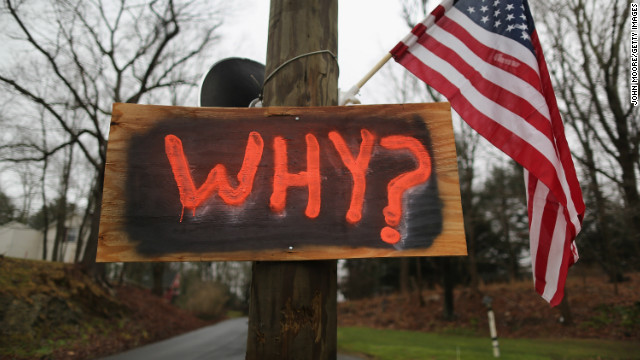When Teachers Fear the Students They Must Protect
The dilemma educators are facing now that school shootings appear to be happening more frequently in the U.S.

I had turned 18 years old two weeks prior to April 20, 1999. I was looking ahead to starting college, to setting out on my own, and to buying a prom dress—to living. While I vaguely understood that mass shootings took place, I was detached from them as a real possibility. Then the Columbine shooting occurred at a high school in Littleton, Colorado, taking away the lives of 13 innocent people. That day, the realization sunk in that death could come not despite being in school, but because of it.
Eight years and numerous mass shootings later, the Virginia Tech massacre again shook me out of complacency. On that April morning in 2007, 32 people were killed on campus in Blacksburg, Virginia, in what remains the deadliest shooting rampage by a single gunman in U.S. history. As the coverage unfolded and the cellphones of the dead infamously continued to buzz, I—a graduate student instructor in Philadelphia still new to the job—prepared to teach my own class of freshmen and sophomores, 18- and 19-year-olds who were confronting the same reality that I had faced at their age: that schools and universities, places of growth and possibility, had become fair game.
As I readied my lesson on masculine and feminine pronouns for that mid-level Spanish class, I wondered if I should start by teaching them muerte (death), as I imagined what they were thinking anyway—that death could, in theory, find us here, now. I thought about the fact that even if the students and I were killed in some freak disaster or horrific massacre, there would still be fewer bodies than had been recovered at Virginia Tech the day before. I worried that no matter what I would do to try to protect them, it most likely wouldn’t be enough, and that only a “lucky” few of them might live to remember watching their classmates and teacher die.
Despite being just 5 or 6 years older than my students, I felt responsible for them, protective, aware of the incredible weight carried by teachers. I also recognized the probability that, should an intruder walk into the classroom, these students would quickly and inevitably look over to me for what to do. And chances are, I wouldn’t have any answers.
That morning, I scanned the room as the students found their seats, looking for signs of distress, of rage, or even of some perverse satisfaction. As the typical profile of a mass shooter leans so strikingly toward young males, I paid particular attention to the men in my class and wondered whether a potential shooter could be among them. I felt an immense sadness at feeling this inclination.
Finally, after 20 minutes of stilted class time, I talked about the elephant in the room and opened the floor to discussion on what many, if not all, of my students were really thinking about: Could it happen here? While we comforted ourselves with the knowledge that chances remain statistically low, such incidents showed that a campus shooting is nevertheless a possibility. Behind the scenes, many among the faculty felt uneasy, suddenly conscripted into the gun debate and stationed at the front lines.
From that moment forward, and even more so as incidents make national news, many educators and administrators wonder if the hypothetical situations they prepare for could become real. The Chronicle of Higher Education, Inside Higher Ed, Education Week, and the NEA website, among other prominent outlets targeted at the education world, all regularly feature leading stories on school shootings. An educator must navigate this gray space of uncertainty, finding away forward amid what more and more teachers admit is increasing fear. A teacher in the United States is now likely to enter a room and do quick mental calculations on exit points, barricades, and locking mechanisms while handing The Dilemmas Teachers Face in an Era of Campus Shootings and School Violence - The Atlantic:

